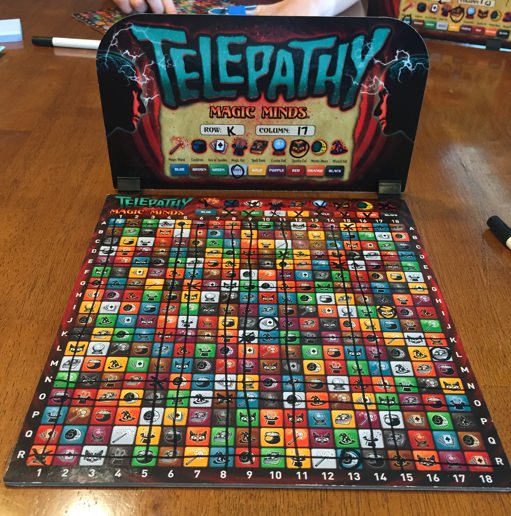
When Black has only one liberty left (D), that stone is in atari. The four liberties (adjacent empty points) of a single black stone (A), as White reduces those liberties by one (B, C, and D). Less plausible etymologies include a derivation of Badukdok, referring to the playing pieces of the game, or a derivation from Chinese páizi ( 排子), meaning 'to arrange pieces'. The Korean word baduk derives from the Middle Korean word Badok, the origin of which is controversial the more plausible etymologies include the suffix dok added to Ba to mean 'flat and wide board', or the joining of Bat, meaning 'field', and Dok, meaning 'stone'. In events sponsored by the Ing Chang-ki Foundation, it is spelled goe. In English, the name Go when used for the game is often capitalized to differentiate it from the common word go. 'encirclement board game' or 'board game of surrounding'). The word Go is a short form of the Japanese word igo ( 囲碁 いご), which derives from earlier wigo ( ゐご), in turn from Middle Chinese ɦʉi gi ( 圍棋, Mandarin: wéiqí, lit.
/pic342187.jpg)
The number of legal board positions in Go has been calculated to be approximately 2.1 ×10 170, which is vastly greater than the number of atoms in the observable universe, estimated to be of the order of 10 80. Compared to chess, Go has both a larger board with more scope for play and longer games and, on average, many more alternatives to consider per move. ĭespite its relatively simple rules, Go is extremely complex. The earliest written reference to the game is generally recognized as the historical annal Zuo Zhuan (c. Go was considered one of the four essential arts of the cultured aristocratic Chinese scholars in antiquity. However, boards with a 19×19 grid had become standard by the time the game reached Korea in the 5th century CE and Japan in the 7th century CE. Beginners often play on smaller 9×9 and 13×13 boards, and archaeological evidence shows that the game was played in earlier centuries on a board with a 17×17 grid. The standard Go board has a 19×19 grid of lines, containing 361 points. Games may also be terminated by resignation. When a game concludes, the winner is determined by counting each player's surrounded territory along with captured stones and komi (points added to the score of the player with the white stones as compensation for playing second). The game proceeds until neither player wishes to make another move. Once placed on the board, stones may not be moved, but stones are removed from the board if the stone (or group of stones) is surrounded by opposing stones on all orthogonally adjacent points, in which case the stone is captured. The players take turns placing the stones on the vacant intersections ( points) of a board. One player uses the white stones and the other, black.
#MIND MAGIC BOARD GAME HOW TO#
A 2016 survey by the International Go Federation's 75 member nations found that there are over 46 million people worldwide who know how to play Go and over 20 million current players, the majority of whom live in East Asia.

The game was invented in China more than 2,500 years ago and is believed to be the oldest board game continuously played to the present day.

/pic3521204.jpg)
Go or Weiqi, Weichi ( simplified Chinese: 围棋 traditional Chinese: 圍棋 pinyin: wéiqí) is an abstract strategy board game for two players in which the aim is to surround more territory than the opponent.
#MIND MAGIC BOARD GAME PROFESSIONAL#
Game pieces, called stones, are played on the lines' intersections.Ī Some professional games exceed 16 hours and are played in sessions spread over two days. Go is played on a grid of black lines (usually 19×19).


 0 kommentar(er)
0 kommentar(er)
